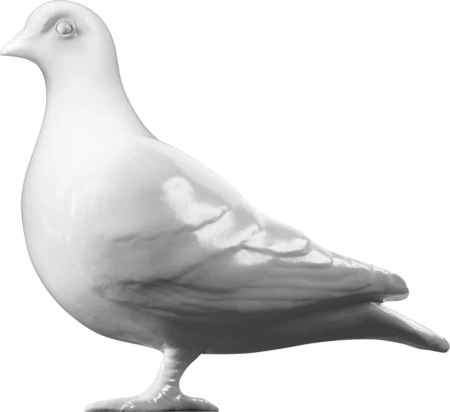Social History — 1828-1850
Bottle, blacking bottle
Stoneware bottle with salt-glaze, stamped with the maker's name 'Scott 417 Strand'. Such bottles traditionally contained blacking liquid. Blacking ink was widely used in the 19th century for the cleaning and polishing of boots and shoes, floors and doorsteps. The most famous and successful blacking factory in London was Robert Warren's located at 30, the Strand. In the 1830s Warrens' was selling blacking liquid in bottles and blacking paste in pots of three different sizes, priced 6d, 12d and 18d each 'in every town in the KIngdom'. Many firms were set up as rivals to Warren's, attempting to cash in on the success and emulate the 'secret' recipe of the firm.
In 1823, Charles Dickens was sent, at the age of 11, to work in a blacking factory run by William Edward Woodd and George Lamerte a cousin by marriage to the Dickens family. Dickens never recovered from the humiliation of having been sent to work in the factory due to his Father's financial problems. He described his work as 'to cover the pots of paste-blacking; first with a piece of oil paper, and then with a piece of blue paper; to tie them round with a string’ and then to clip the paper close and neat, all round, until it looked as smart as a pot of ointment from an apothecary’s shop. When a certain number of grosses of pots had attained this pitch of perfection, I was to paste on each a printed label; and then go on again with more pots’.
- Category:
- Social History
- Object ID:
- A10712
- Object name:
- bottle, blacking bottle
- Object type:
- Artist/Maker:
- Scott
- Related people:
- Related events:
- Related places:
- Production date:
- 1828-1850
- Material:
ceramic, stoneware
- Measurements/duration:
- H 85 mm (approx)
- Part of:
- —
- On display:
- —
- Record quality:
- 100%
- Part of this object:
- —
- Owner Status & Credit:
Permanent collection
- Copyright holder:
digital image © London Museum
- Image credit:
- —
- Creative commons usage:
- —
- License this image:
To license this image for commercial use, please contact the London Museum Picture Library.

